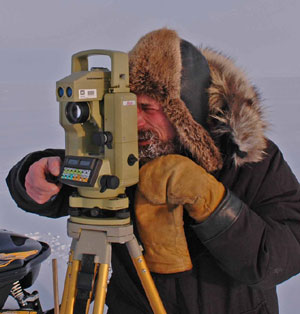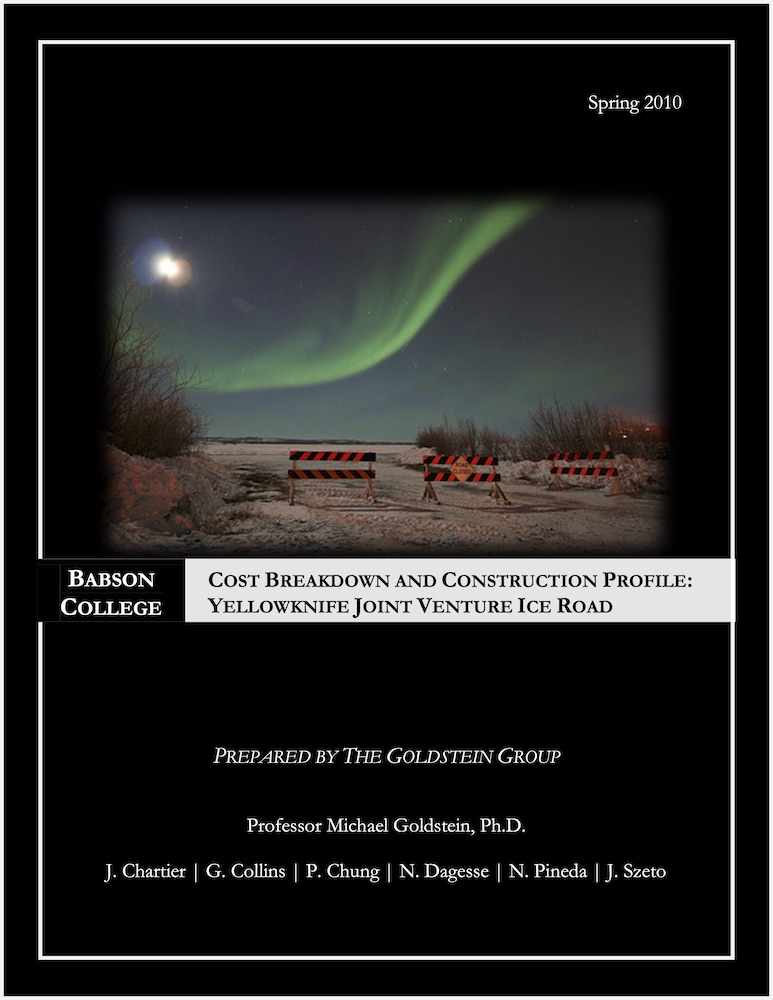Natural resource extraction is the backbone of the arctic economy. Oil and gas exploration and production taxes account for 88% of the State of Alaska’s revenue, providing $10.2 billion in fiscal year 2008. In addition, 4,400 direct and 37,344 indirect Alaskan jobs are due to this industry. In Canada, oil and gas are also crucial to the economy, but so too is diamond mining, with a total value of diamond extraction in the Northwest Territories of $2 billion in 2007. As a result, Canada is the 3rd largest diamond producer in the world. The mines employ about 4,000 people, roughly 35% of whom are Aboriginal. These arctic oil, gas, and mining activities occur predominantly in remote locations off the all-weather road system, so alternate forms of transport of fuel, equipment, and people are heavily used. In Alaska, oil exploration occurs in winter under state regulations that require sufficient snow and frost to protect the tundra. In Canada, trucks take thousands of loads up a 600-km ice road to supply the diamond mines with fuel and material. These essential winter operations hinge on predictable seasonal transitions (summer-to-winter; winter-to-summer) and cryospheric conditions, but data indicate the spring thaw comes as much as 3 weeks earlier than 50 years ago, and lake and river ice break up earlier than before. These seasonal shifts are already having an adverse impact on minerals and oil/gas activities in the North, with a trickledown impact on local and Northern economies. No formal economic-based analysis has been done to assess how changing seasonal patterns are impacting these vital industries of the North. This research will conduct a pilot effort to identify means of answering this question, as well as two ancillary questions: How are anticipated changes in cryosphere seasonality likely to affect such economic performance in the next decade? and Are there adaptive strategies that can reduce the sensitivity of these key industrial sectors to future changes?
This pilot effort will focus on how changing seasons impact the Canadian diamond mining operations in the Northwest Territories through alteration of the reliable period when ice roads can be utilized, increased variability of that open period, and the economic consequences of uncertainty. Here they will use combined economic and cryospheric models to examine the impact of season length on the regional economy. Researchers will observe how environmental data are collected in the field, how they are utilized by regulatory agencies to make decisions, and how businesses weigh climate impacts with other factors in their operations. Based on these studies, the team will isolate the impact of climate-driven changes in seasons from the other factors. The outcome of the project will be explicit information on the extent to which climate-driven changes in seasons are affecting ice road use. More generally, it will be a methodology (including modeling) of how to distinguish climate drivers from non-climate drivers for uniquely Northern businesses.
Project Location
Conference Abstracts
Goldstein, M.A., Sturm, M., Douglas, T., and H. Huntington, "Cold Hard Cash: The Ecomomic Importance of Ice in the Arctic", The Seventh International Congress of Arctic Social Sciences, Akureyri, Iceland (2011).
Huntington, H., "Ice roads in the Northwest Territories: the intersection of climate, economics, and transportation policy", AGU Fall Meeting, San Francisco, CA (2010).
Dates
-Members
Principal Investigator

Principal Investigator

Co-Principal Investigator


